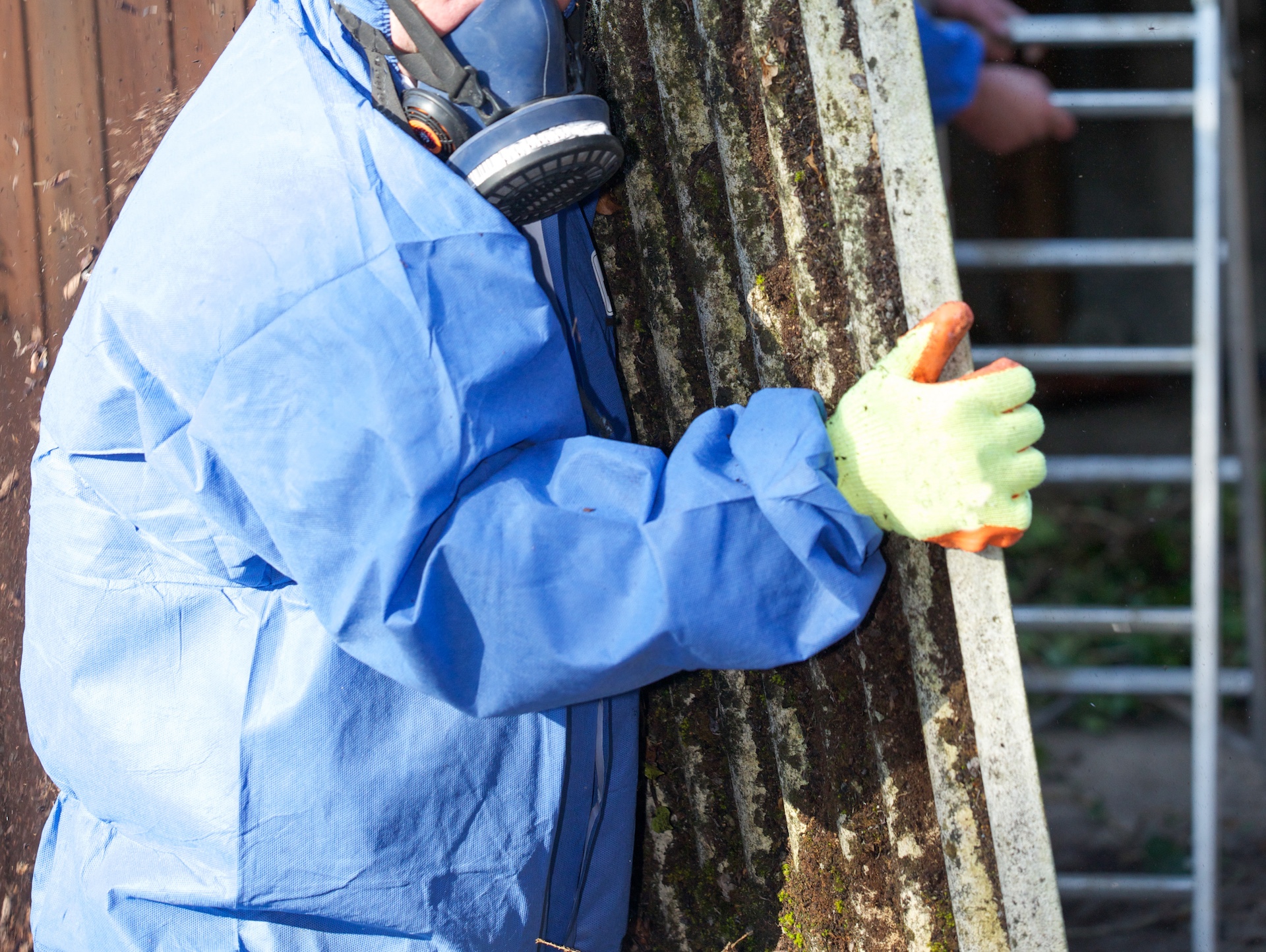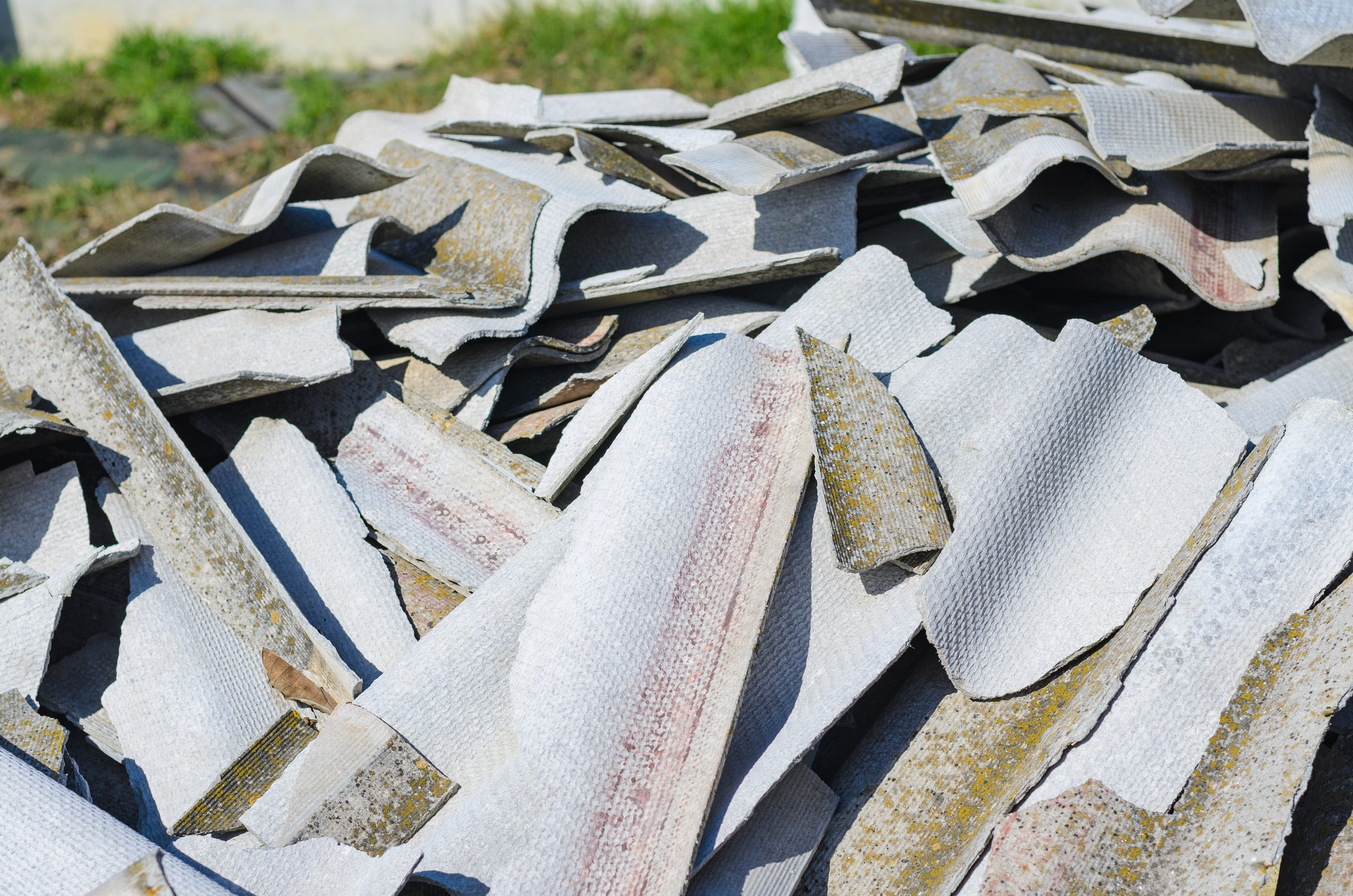As part of an asbestos and lead maintenance program, you can request regular monitoring from our team. We conduct periodic visual inspections and air monitoring to ensure your environment has minimal contaminants.
Regular Asbestos management offers these benefits:
- Compliance: Buildings such as schools require regular inspections to stay compliant with federal and local regulations.
- Proactiveness: Periodic analyses allow you to take prompt action if our team finds elevated levels of lead or asbestos.
- Documentation: During each inspection, our team will create visual and textual records that you can use for future inspections.
- Safety: Any older building with lead or asbestos-containing materials benefits from the security of regular monitoring.
Facility Asbestos Survey
An asbestos survey is essential to identify and assess asbestos materials during the early planning of a renovation project. The asbestos survey report is then a tool to use for the operations and maintenance program, hazard communication, coordinating with contractors and planning renovations. The asbestos survey should be completed by an EPA-certified and state-licensed asbestos building inspector.
The survey should identify all asbestos-containing material, including friable materials such as pipe insulation, fittings, tank insulation, fireproofing, and acoustic plaster, as well as nonfriable materials such as floor tiles, mastic, transite panels, exterior siding, etc. Quantities and conditions of accessible asbestos materials should be determined, and the surveyor should note if there might be concealed asbestos materials above ceilings, in pipe chases, under carpets, etc.

Hazard Communication and Contractor Awareness
The locations and conditions of asbestos materials should be communicated to facility maintenance and custodial staff, and to contractors who may work in the areas containing asbestos materials. Personnel should be able to recognize asbestos-containing materials, know how to prevent exposing themselves and understand what to do if damaged asbestos is discovered in the workplace. Custodial staff should be aware of procedures for maintaining asbestos containing flooring materials and cleaning up small amounts of asbestos debris.
Conducting a Facility Asbestos Survey
A facility asbestos survey and investigation is essential to identify and assess asbestos materials during the early planning of a renovation project. What is an asbestos test, and what is it used for? The process produces a survey report, a tool to use for the operations and maintenance program, hazard communication, coordinating with contractors and planning renovations.
An EPA-certified and state-licensed asbestos building inspector should complete the survey and identify all asbestos-containing materials. Friable materials, or materials that crumble easily, pose the highest risk. Friable materials include pipe insulation, fittings, tank insulation, fireproofing and acoustic plaster.
During construction and renovations, nonfriable materials should also be inspected, especially if the project involves drilling, sawing or a chance the materials could break. Nonfriable materials include floor tiles, mastic, transite panels and exterior siding.
The inspector will take detailed samples of any building materials which may contain asbestos. Some of those samples are required under the Uniform Building Code based on construction dates and later renovations. They will also consider the planned renovations and demolitions and any areas of concern. The inspector will determine the quantities and conditions of accessible asbestos materials and note if there might be concealed asbestos materials above ceilings, in pipe chases, under carpets or elsewhere.

Detailed Sampling Plans
Each building needs a unique sampling plan based on its construction history and existing data. Before we complete any sampling, we will build a sampling plan based on factors such as:
- The required materials under the Uniform Building Code at the time of construction
- Dates of past renovations and the Uniform Building Code materials required at the time
- Whether the project involves full or partial renovations or demolition
- Data in design drawings, project specifications and other building documents

Asbestos Air Sampling, Bulk Sampling and XRF Sampling
Our field staff can conduct certain types of asbestos and lead sampling on-site and in-house. The data collected from these samples informs an abatement project’s design if the team discovers asbestos or lead. Each of our field analysts has approval from the American Industrial Hygiene Association (AIHA) Asbestos Analysts Registry.
We use Asbestos sampling techniques such as:
- Air sampling: A variety of devices evaluate levels of Asbestos in the air.
- Bulk sampling: A technician takes a piece of a material for analysis on-site or in a lab.
- XRF sampling: During lead paint sampling, a field analyst may use X-ray fluorescence (XRF) to accurately and quickly evaluate a surface’s lead content. Use of an XRF dramatically reduces survey time and costs.
Emergency Response
In the case of a disturbance of asbestos-containing materials (ACM), TRC can guide your emergency response. After evaluation and sampling, we will help you find an abatement solution and design strategies to prevent future incidents.
Data Management Programs
To help our clients follow OSHA reporting regulations, we offer the SMARTouch data management software. This program allows you to store your testing data and reports in a single location. SMARTouch’s compatibility with tablets and PCs enables simple data collection and reporting. It tracks your information on asbestos and lead testing, industrial hygiene sampling, indoor air quality and office ergonomics.
Steps After a Building Survey for Asbestos and Lead
After an asbestos and lead survey, we can design an abatement project and manage its bids if your building has these contaminants. During the abatement process, you may also request quality assurance monitoring to ensure its successful completion.
If your building or operation has asbestos-containing materials, our technicians can handle them with a maintenance program.

Planning Renovations
Consideration of asbestos is an important aspect of planning mechanical or architectural renovations. Plan to remove asbestos before performing other demolition or construction in the area. Be sure to have enough time in the schedule for a two-week advance notification to local, state and federal authorities; the actual abatement; clearance sampling; and demobilization of the abatement contractor.
What Should I Do If Asbestos Is Disturbed?
Disturbing asbestos, which releases its fibers into the air, creates the risk of respiratory diseases. If you discover asbestos on the job, stop immediately and put up appropriate signage to keep others from entering the area. If the material is accidentally disturbed during work, stop work immediately and act fast to begin safe cleanup.
Evacuate the area. Anyone who has dust or debris on clothing should stay as still as possible and get help putting on respiratory protective equipment (RPE). Prevent access to the area and seek to stop the spread of the fibers in the air. Anyone exposed to the dust should wipe down clothing with damp rags.
Finally, seek help from an asbestos specialist like TRC to survey the risk level and recommend actions for making the area safe. If the discovered materials could be disturbed again during renovation or other activities, they must be removed. TRC will work with you and the project architect or engineer to define the scope of work for removal, develop removal specifications and help select qualified and licensed contractors.
Embrace The Shift
Partner With TRC’s Tested Practitioners












